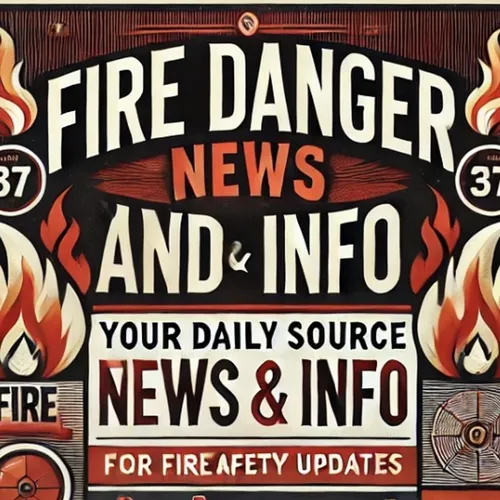Combating Wildfires: USGS Leads the Charge with Cutting-Edge Fire Science
- Author
- Quiet. Please
- Published
- Sat 04 Jan 2025
- Episode Link
- https://www.spreaker.com/episode/combating-wildfires-usgs-leads-the-charge-with-cutting-edge-fire-science--63576558
As wildfires increasingly become a year-round threat in the western United States, the role of fire science is more crucial than ever in combatting these devastating natural events. With climate change exacerbating conditions that fuel these fires, such as prolonged drought and higher temperatures, there is a pressing need for robust scientific strategies to manage and mitigate their impacts effectively.
The U.S. Geological Survey (USGS) plays a pivotal role in advancing wildfire science. By leveraging cutting-edge research and technology, USGS scientists are dedicated to understanding the dynamics of wildfires, predicting their behavior, and strategizing effective response measures. The insights gained from their research are instrumental in protecting communities, ecosystems, and resources at risk.
One significant focus area of USGS wildfire science is the study of fire behavior and prediction. By analyzing factors such as fuel type, weather conditions, and topography, scientists can better forecast how a fire will spread. This knowledge is essential for developing early warning systems and for planning evacuation routes and resource allocation during wildfire events.
Additionally, USGS researchers are deeply involved in assessing the ecological impacts of wildfires. Fire can drastically alter landscapes, affecting biodiversity and ecosystem services. Through detailed field studies and satellite imagery analysis, USGS teams evaluate post-fire environments to understand how species recover and ecosystems are reshaped, guiding restoration efforts and land management practices.
Another critical aspect of USGS's work is the development of advanced firefighting technologies. From satellite-based fire mapping systems to drones equipped with sensors, these innovations enhance the ability of fire management teams to monitor and respond to fires in real-time. These tools not only improve situational awareness but also enhance the safety and effectiveness of firefighting operations.
Moreover, USGS collaborates with other federal and state agencies, combining efforts to develop integrated fire management strategies. This includes supporting the implementation of prescribed burns and mechanical thinning to reduce hazardous fuels and lower the risk of catastrophic wildfires.
Public engagement and education also form a key component of USGS's wildfire science mission. The USGS Wildland Fire Science webpage offers resources that help communities understand wildfire risks and prepare effectively. By raising awareness and providing the necessary tools, the USGS empowers citizens to make informed decisions about personal safety and property protection.
The dedication of USGS scientists to the study and management of wildfires stands as a critical pillar in the ongoing battle against these destructive forces. As wildfires become more frequent and severe, the integration of innovative fire science into policy and practice is imperative to safeguarding the environment and communities across the West. For those interested in exploring the science in greater depth and witnessing how research translates into tangible action, the USGS Wildland Fire Science webpage is an invaluable resource.
